Protect Your Ash Tree From the Emerald Ash Borer
- By
- •
- 03 Jan, 2019
- •
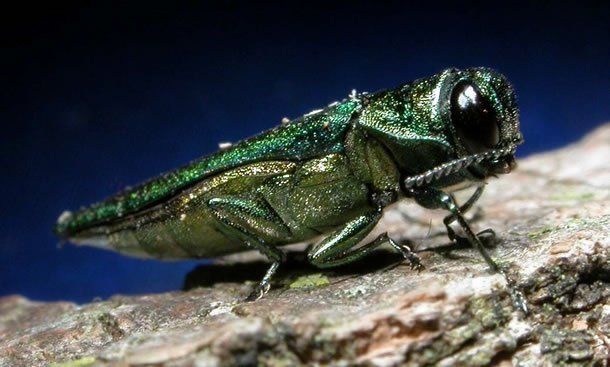
Since being discovered in the Detroit area in 2002, the emerald ash borer has killed millions of trees across the U.S. These bright green beetles lay their eggs on the ash trees' bark. Once they hatch into larvae, they burrow into the tree and feed on its wood, causing serious damage.
If you have ash trees in your land, you must take action to protect them. Below, you'll find some ways to help prevent emerald ash borer infestations, along with advice for handling an active infestation.
Preventative Options
While there is no guarantee that following the steps below will protect your tree, doing so will decrease the risk of an infestation. An ounce of prevention is worth a pound of cure.
Don't Bring Firewood Onto Your Property
Many emerald ash borer infestations begin when the homeowner accidentally brings infested ash firewood onto their land. Ash borers hiding in the firewood make their way to your ash trees, laying their eggs on the bark and beginning the infestation process. To keep your trees safe, only use kiln-dried firewood, which is less likely to contain insects. If you have any firewood left at the end of the season, burn it before springtime.
Care for Your Tree
Healthy ash trees are less likely to become infested and more likely to survive an infestation if one does occur. The following are some ways to take better care of your ash trees:
- Have
your tree pruned periodically to keep branches strong.
- Fertilize
your ash tree once a year with a specialized fertilizer. Water your
ash trees when rain has been scarce.
If your ash tree shows any signs of distress or disease, such as spots on the leaves or cankers on the bark, have a certified arborist come take a look. Many fungal infections are treatable, and proper treatment will reinvigorate your tree.
Know Your Enemy
The more you know about emerald ash borers, the better prepared you'll be to protect your tree. Ash borers are about 1/2 inch long and bright green in color. Their eggs are red-brown and so small that you can barely see them on tree bark. If you see bugs that you think may be emerald ash borers, notify a tree care service in your area.
Treatment Options
In addition to keeping an eye out for emerald ash borers, also watch for these symptoms:
- D-shaped
holes in the tree trunk
- Thinning
crown foliage
- Tunnels
appearing under the tree's bark
If your tree care service confirms an emerald ash borer infestation, there are two management or treatment approaches to consider.
Trunk Injections
If you catch the infestation early and the tree is in good health otherwise, a qualified arborist may be able to inject insecticides into the tree trunk to eradicate the emerald ash borer larvae.
Treating a large tree is often less expensive than removing it. Your tree care expert will carefully drill a hole in the base of the tree trunk. Then, they will insert a needle into the hole, injecting several ounces of insecticides. Treatment typically has to be repeated each year to keep the infestation under control.
Tree Removal
If your tree has extensive foliage dieback or a fungal infection in addition to the emerald ash borer infestation, it may not survive even with treatment. In such a case, your arborist will probably recommend removing the tree. This approach will help prevent the spread of emerald ash borers to nearby ash trees, too.
The emerald ash borer is a threat to all white, green, and black ash trees. If you have questions about this pest or suspect your tree might be affected, contact Big Tree Nursery. We offer ash tree injections, tree removal services, and more.
CONTACT INFORMATION
- Mon - Sat
- -
- Sunday
- -
Payment Options

OUR LOCATION
BROWSE OUR WEBSITE
CONTACT INFORMATION
Payment Option

 1500 Wall Street Avenue North, Moorhead, MN 56560
1500 Wall Street Avenue North, Moorhead, MN 56560
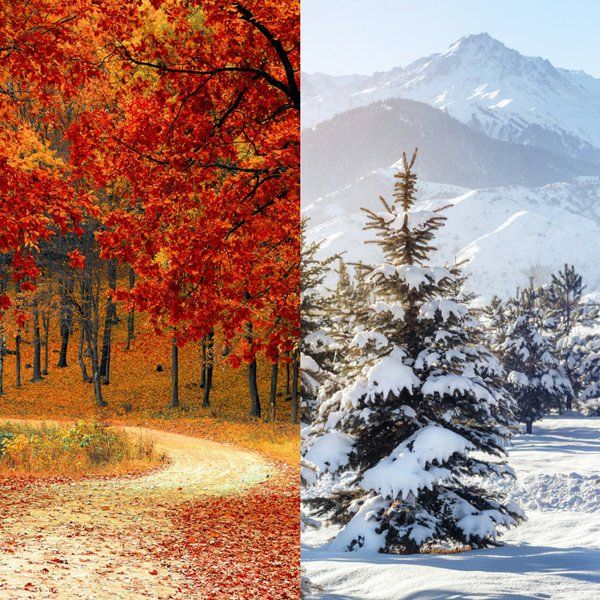
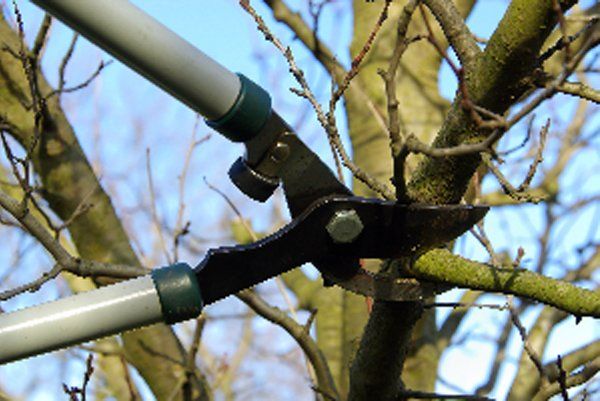
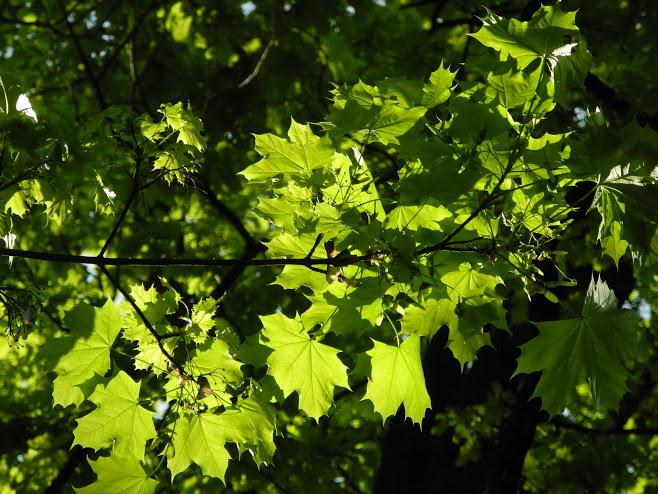
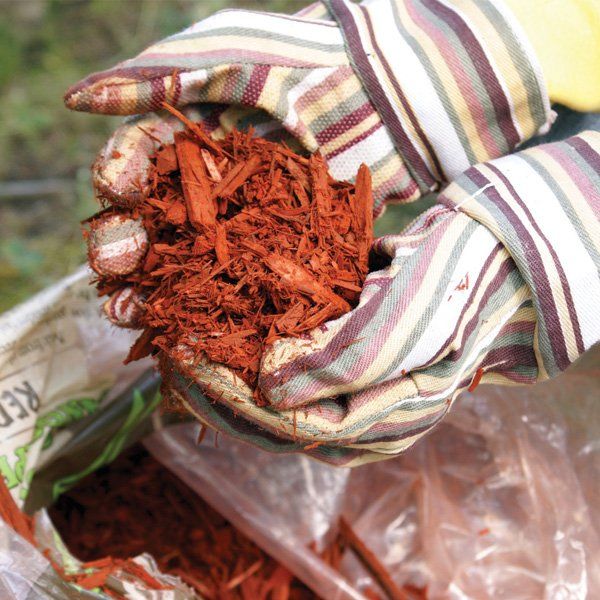

 timfischer55@yahoo.com
timfischer55@yahoo.com